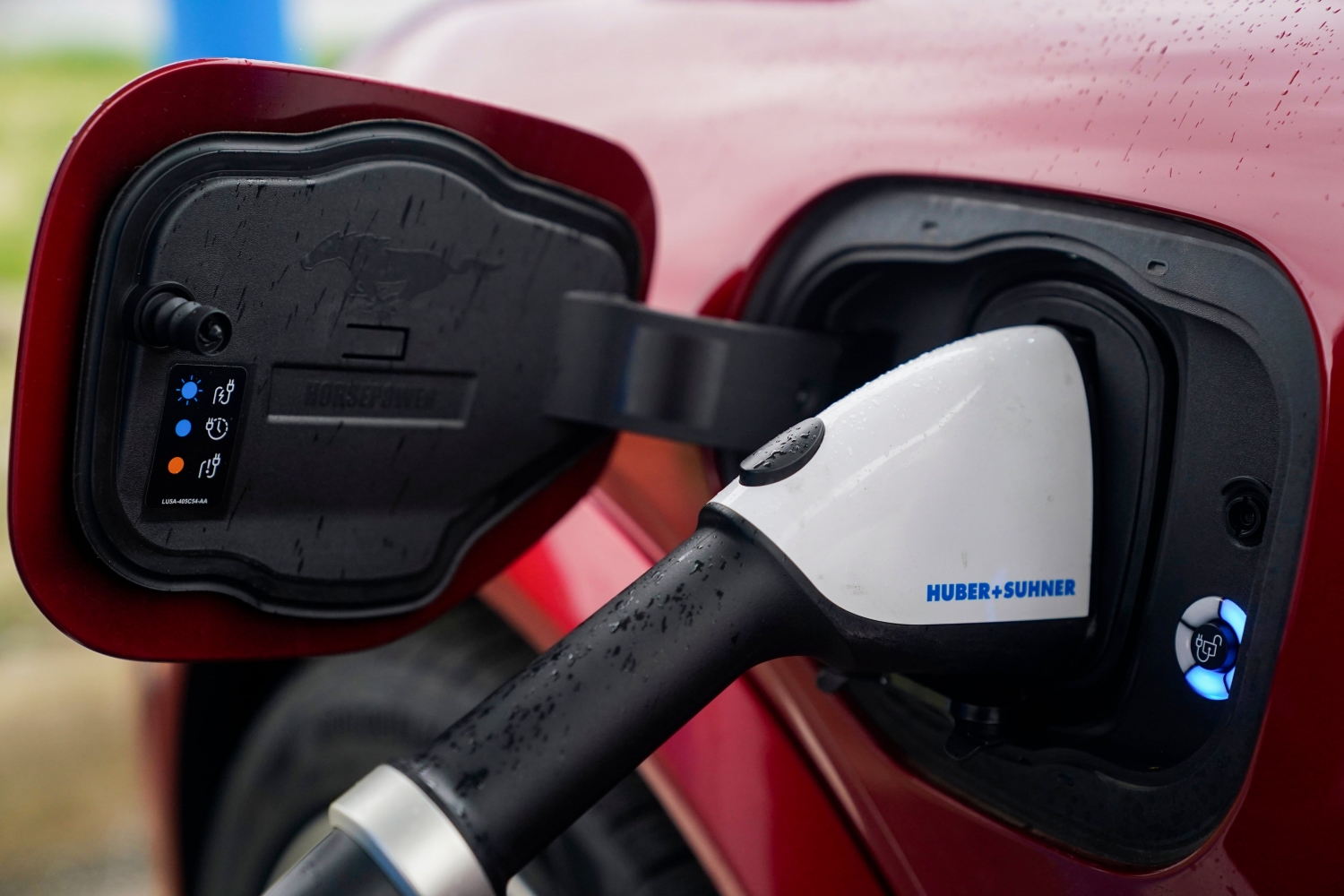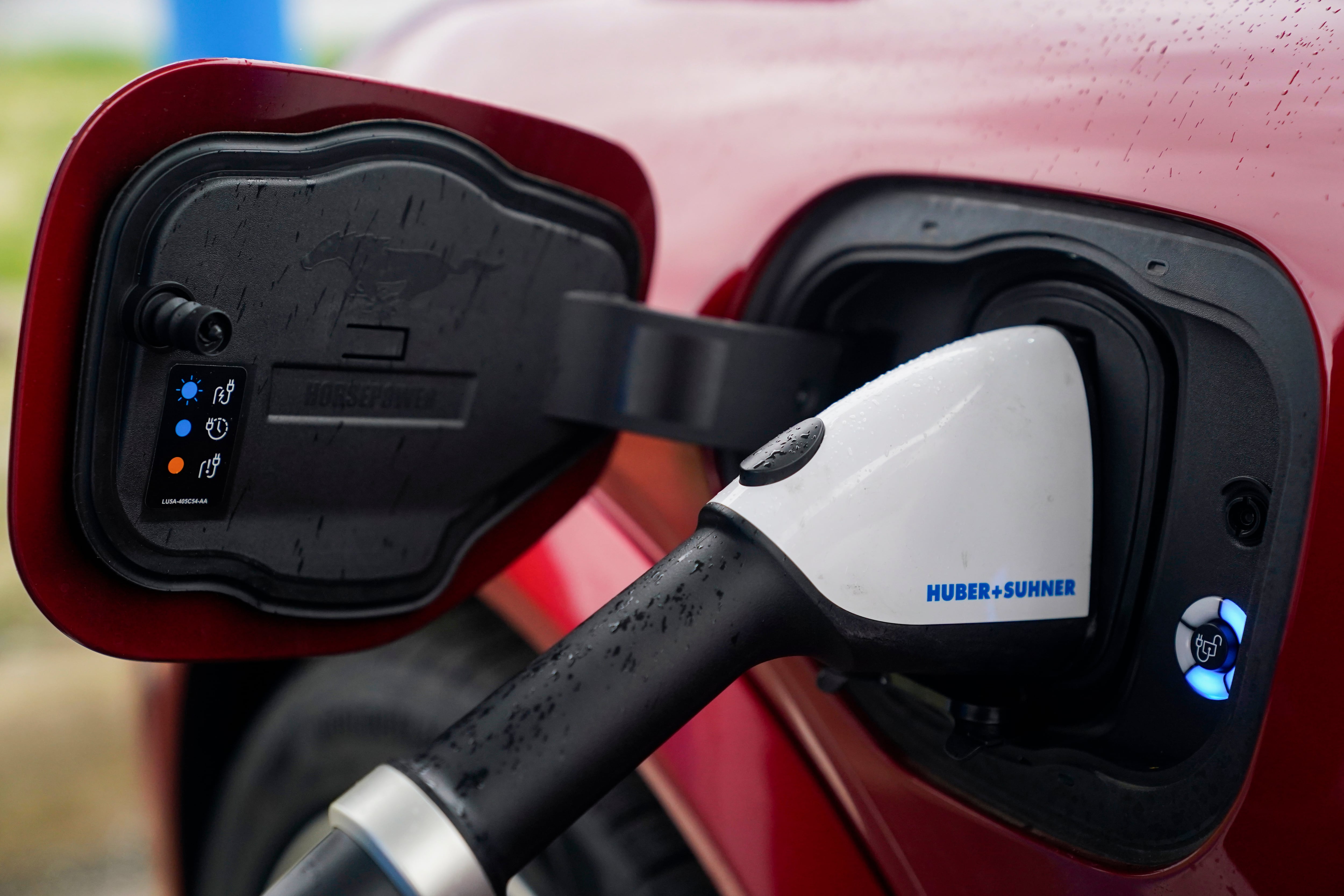

Published on: 08/19/2025
This news was posted by Oregon Today News
Description
Oregon is one of a few states set to receive its full allocation of promised federal funding to add dozens of public electric vehicle fast charging stations along major highways.

On Monday, the Oregon Department of Transportation said Oregon has full access to more than $40 million in federal funding through the National Electric Vehicle Infrastructure, or NEVI, program. The program aims to build out a network of public DC fast chargers, which can take an electric vehicle from zero to 80% charged in about 20 minutes, throughout frequently used highway corridors over the course of five years.
Brett Howell, ODOT’s transportation electrification coordinator, said the plan is to build out about 60 charging stations, with at least four chargers per station, along 11 of the state’s major highways and interstate corridors.
“There was a lot of speculation about what the status was going to be and whether Oregon was going to be able to secure the funds,” Howell said. “At the end of the day now for us, we do have that funding available to us. It is secure. We’re going to be moving forward with this.”
The NEVI program was created through the Biden administration’s Bipartisan Infrastructure Law in 2021. Since the start of his administration, President Donald Trump has rescinded billions of dollars aimed at climate action through that law and the Inflation Reduction Act.
The administration suspended the NEVI program in February, saying the federal government would create new guidance for states and then require states to submit new plans to be approved.
Oregon had already submitted its plans, however, and the federal government was already obligated to pay about $26.1 million to build, install and manage the charging stations.
At the time, the state had already partnered with Electrify America, EV Charging Solutions and EV Gateway for about $10 million toward the construction of 13 fast-charging stations along Interstate 5 south of Eugene, as well as along U.S. Highway 97 and Interstate 205.
When the Trump administration suspended payments, Oregon and a dozen more states filed a lawsuit seeking to restore the program.
In June, a U.S. District Court judge ruled in favor of the states, but that was just a first step.
“That ruling did restore approval for all of our Oregon NEVI state deployment plans and give us the ability to request obligation of new NEVI funding again,” Howell said. “What it didn’t do is give us automatic approval of all those obligations. We still are required to work with our Federal Highway Administration division officer and make project agreement requests, kind of on a project basis.”
Overall, Oregon is set to receive more than $52 million over a period of five years through the program.
“As of today, we have officially obligated the full $41.1 million we have available to us and I think we’re one of the first states in the country to make that happen,” Howell said.
The state will also have access to another $11 million for the final year of the program, once state plans are approved by the federal government, Howell said.
As more Oregonians make the switch from gas-powered vehicles to electric ones, public fast chargers are increasingly important infrastructure. As of April, there were more than 83,000 electric vehicles registered in the state. But there are only about 4,000 public charging ports throughout Oregon. Some areas, including Eastern Oregon and some of the state’s most used highway corridors and major roadways, still lack access.
Programs like NEVI can help fill that gap — and give EV drivers peace of mind.
With federal funds unfrozen, Oregon can now allow the state Department of Transportation to begin its second stage of the NEVI build out — bringing fast chargers to U.S. Highway 20, U.S. Highway 26, U.S. Highway 101 and Interstate 84.
“It represents roughly 30 to 35 DC fast charging stations that we’re going to make funds available,” Howell said.
Last week, the U.S. Department of Transportation shared its revised NEVI program guidelines. According to Howell, one of the revisions allows the state more flexibility. Previously, each station needed to be no more than 50 miles from the next and no more than one mile from an interstate or highway exit. Now the guidance will allow the state to decide where to best locate the stations.
Howell says he expects the first charging stations will be open in early 2026. The agency plans to begin its second round in the fall.
News Source : https://www.opb.org/article/2025/08/19/electric-vehicles-cars-fast-charging-oregon-federal-funding/
Other Related News
08/21/2025
Your McDonalds combo meal could see a 15 price drop very soon
08/21/2025
Amelia Gray a polar bear at the Oregon Zoo is set to embark on a new chapter as she moves ...
08/21/2025
Amelia Gray a polar bear who has called the Oregon Zoo home since 2021 will soon head to t...
08/21/2025







